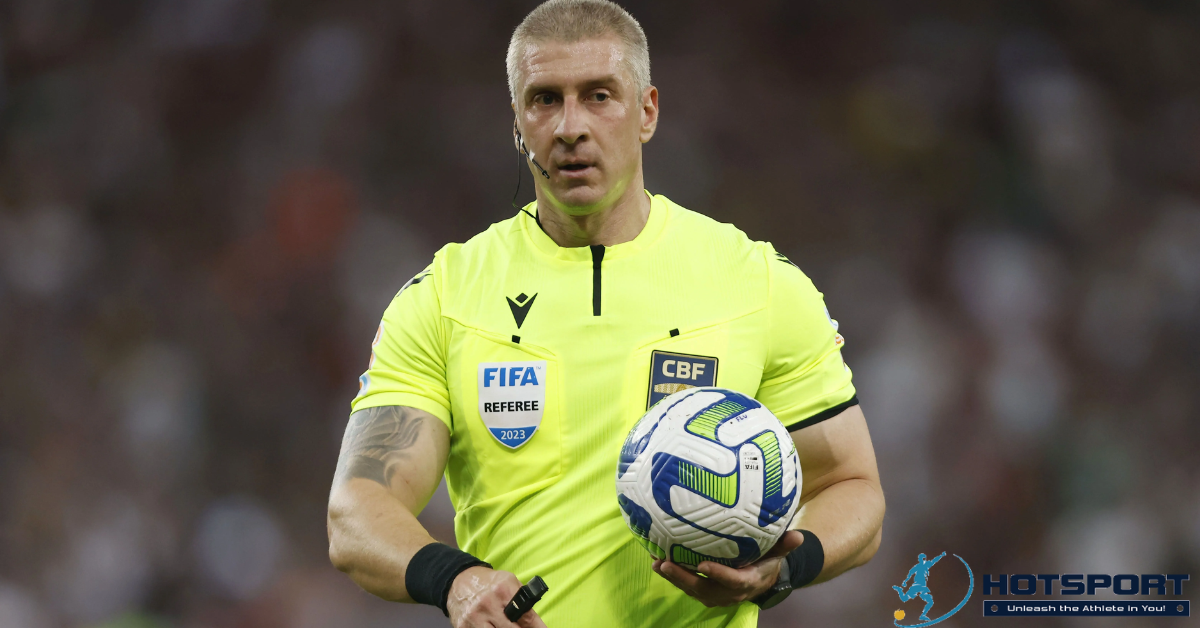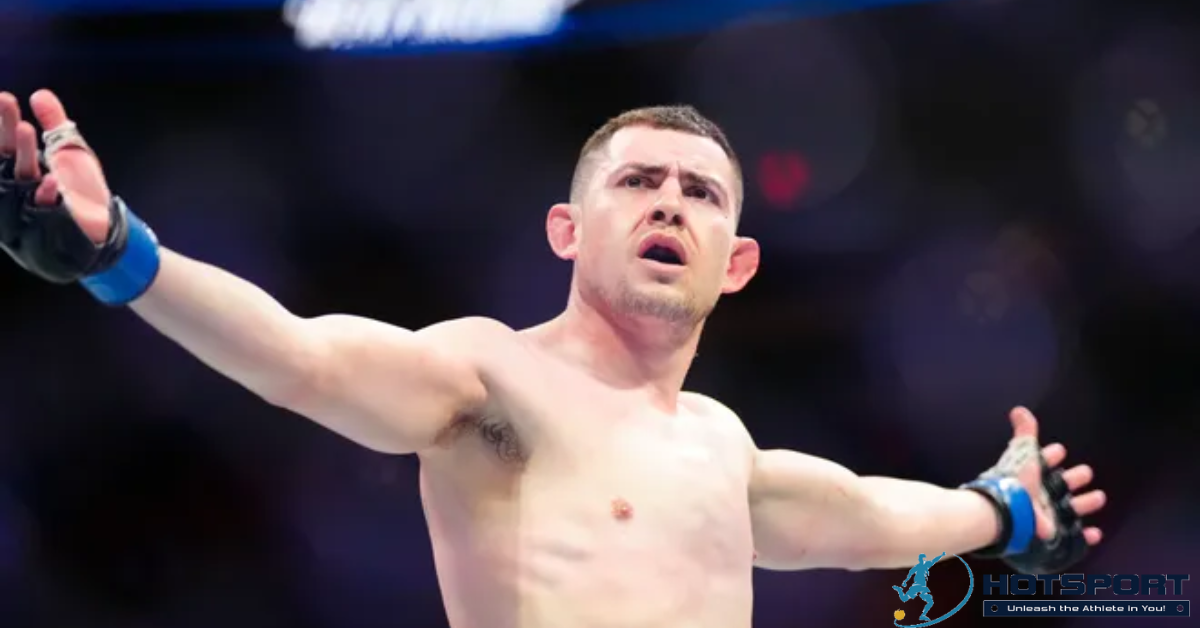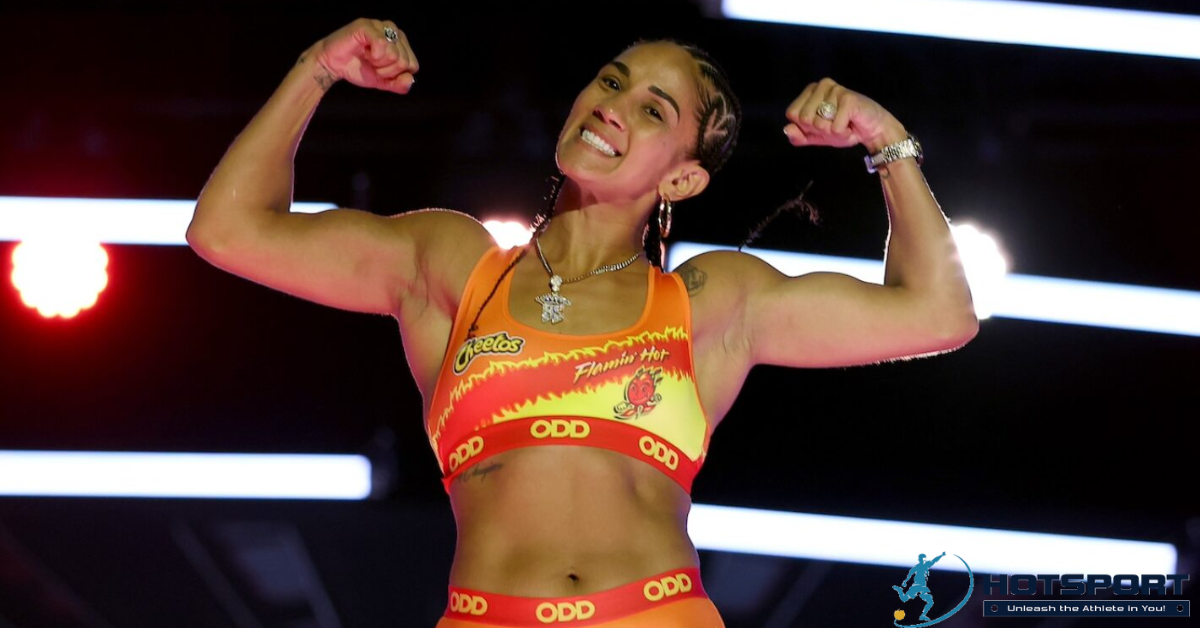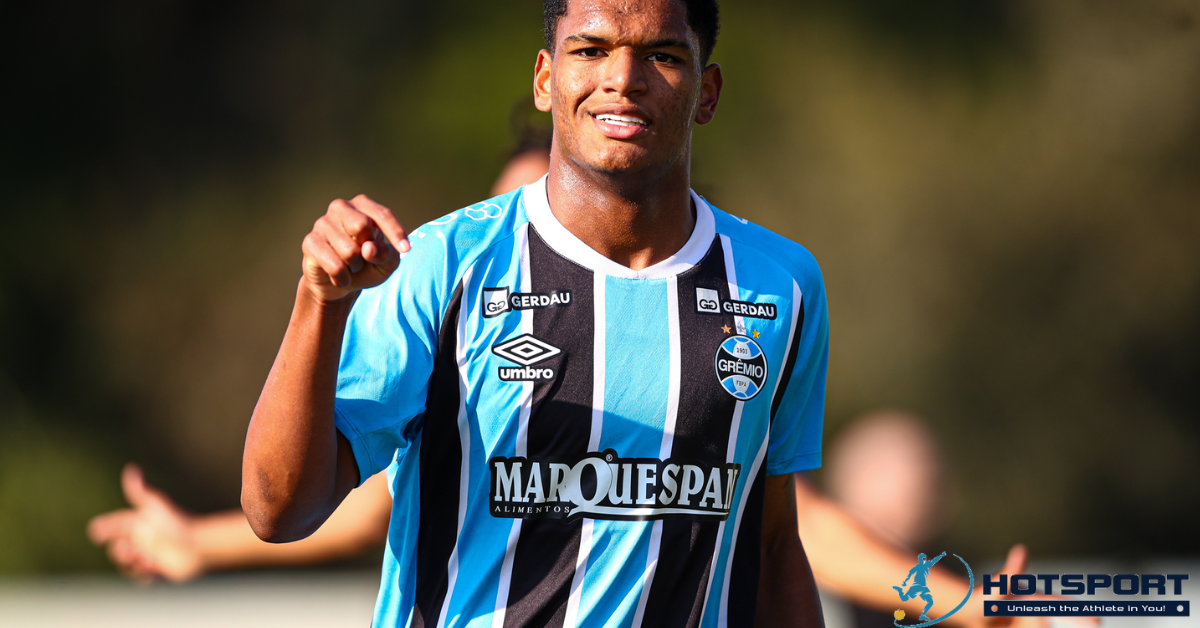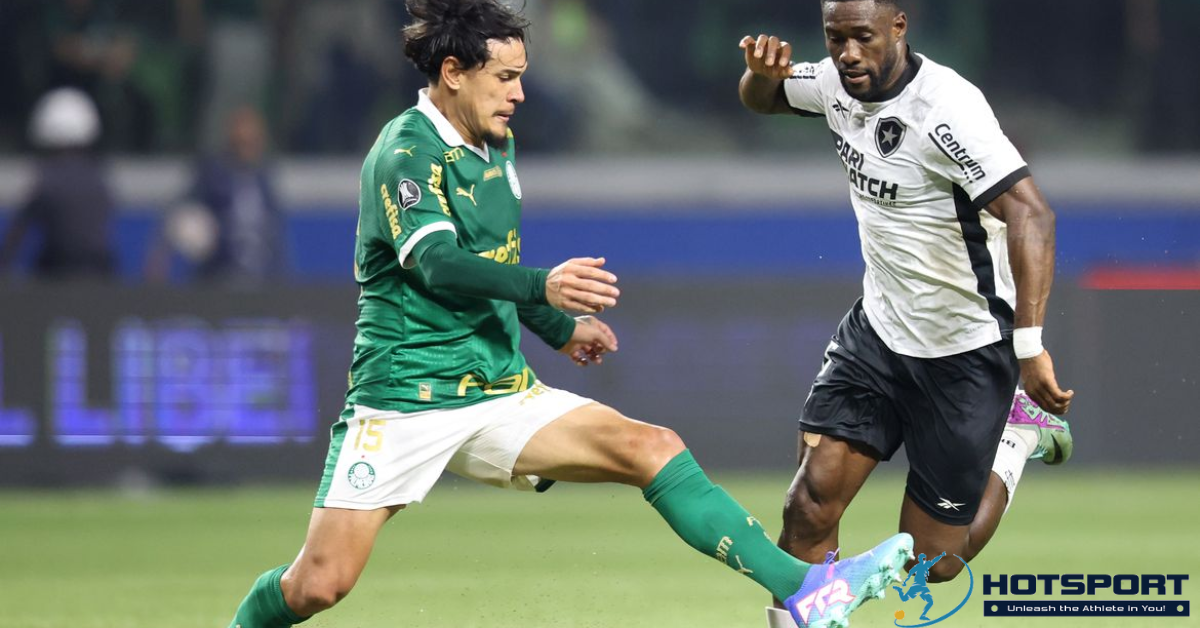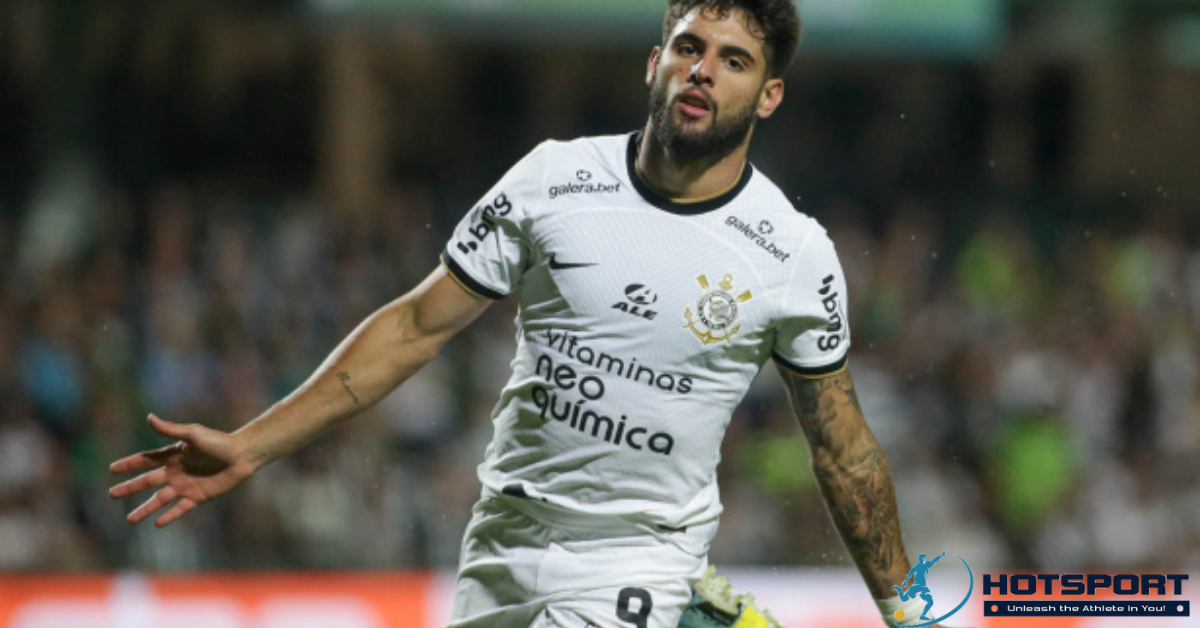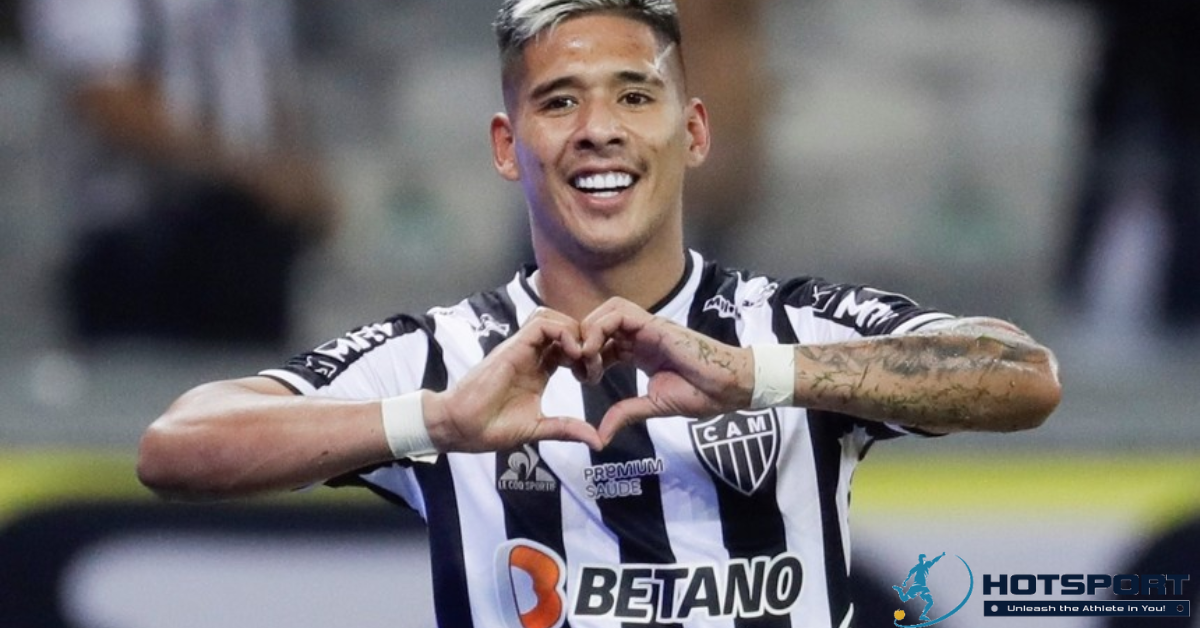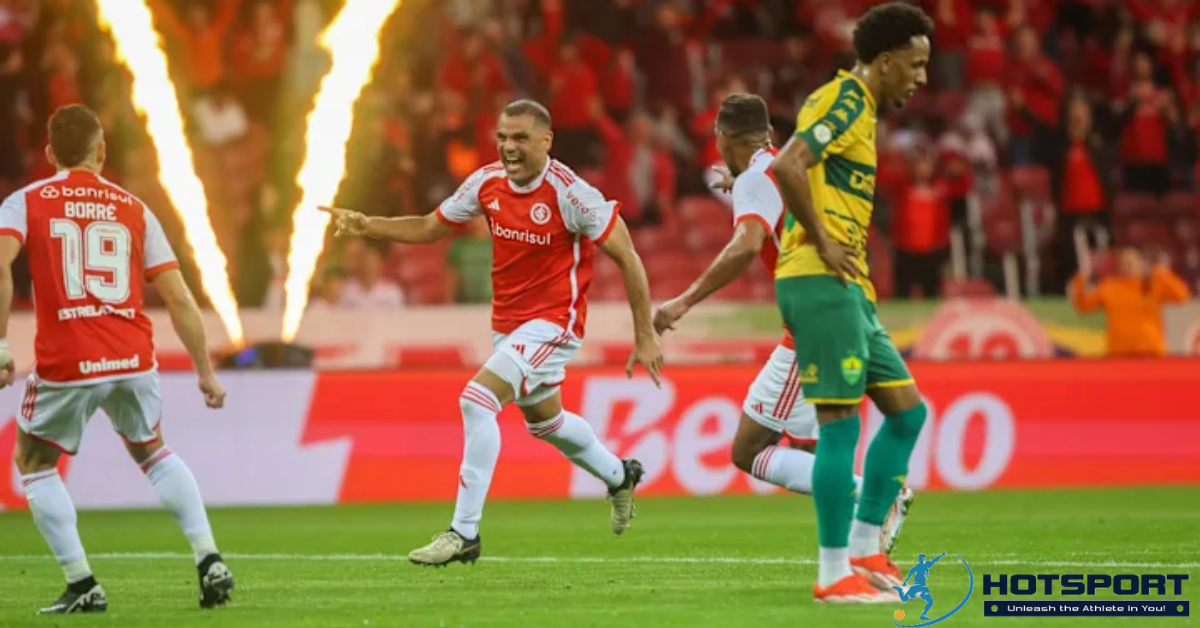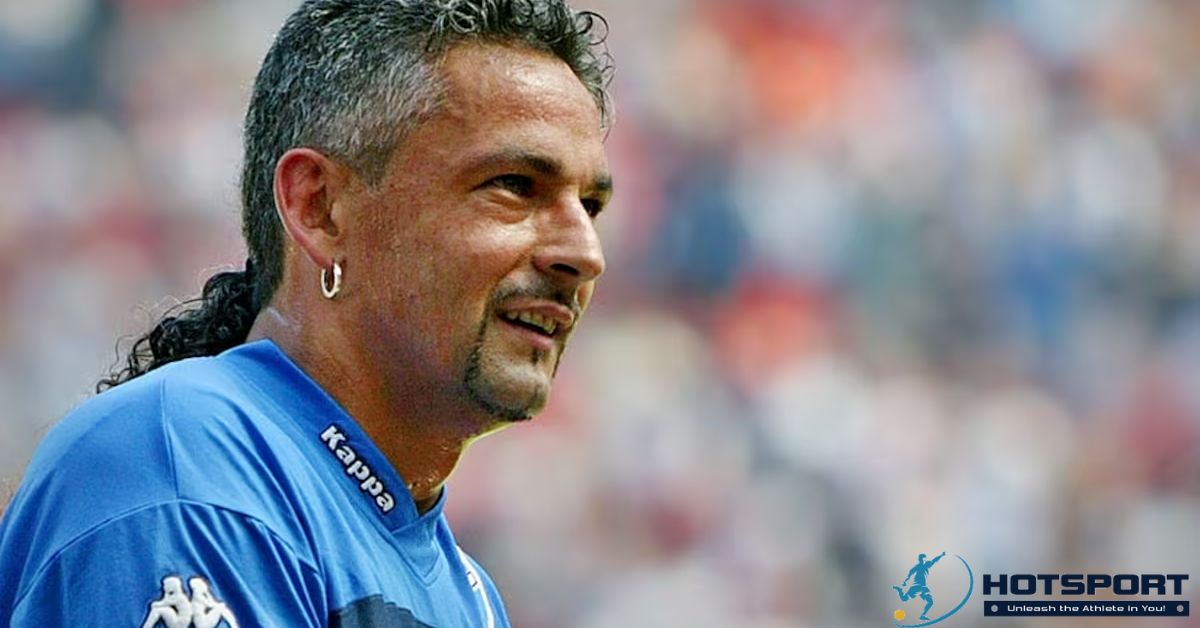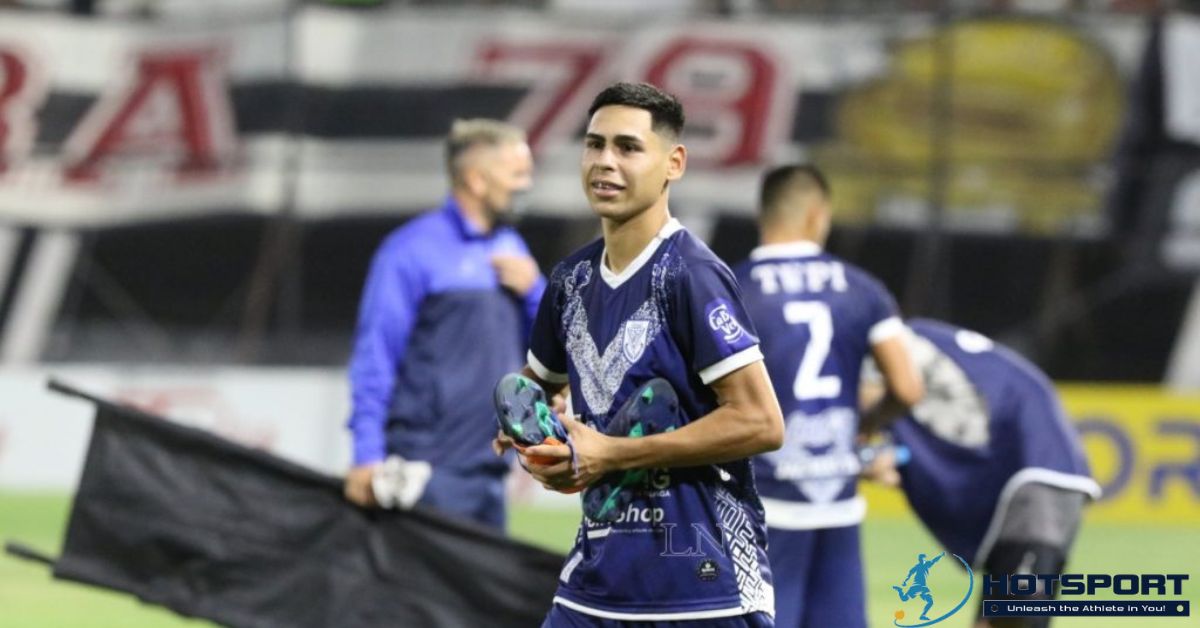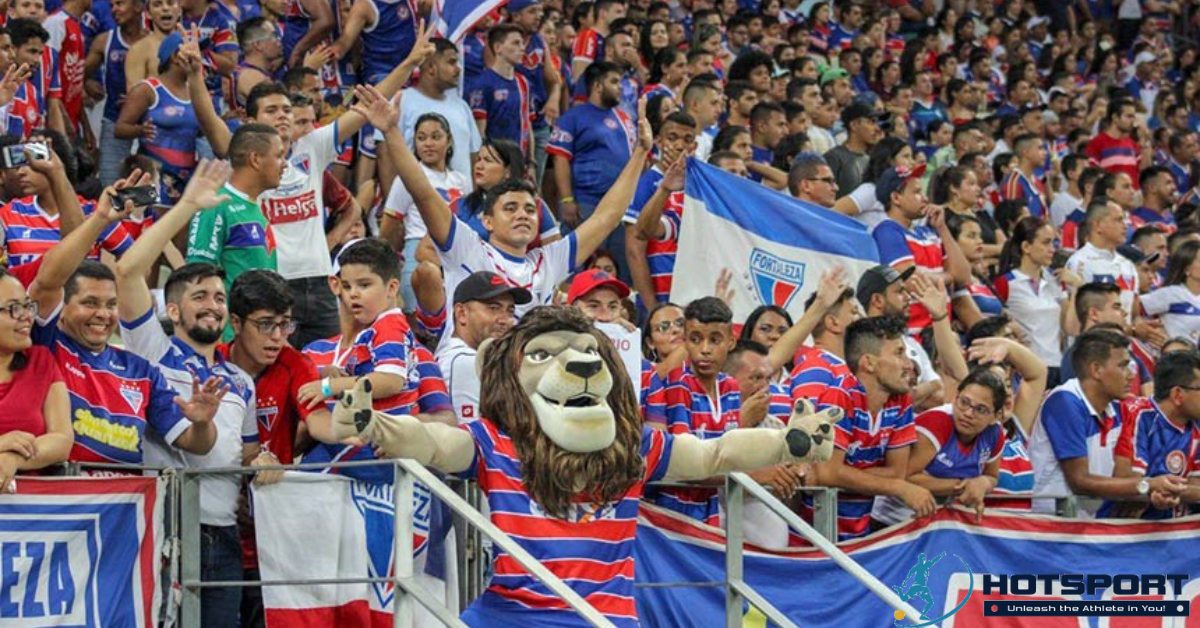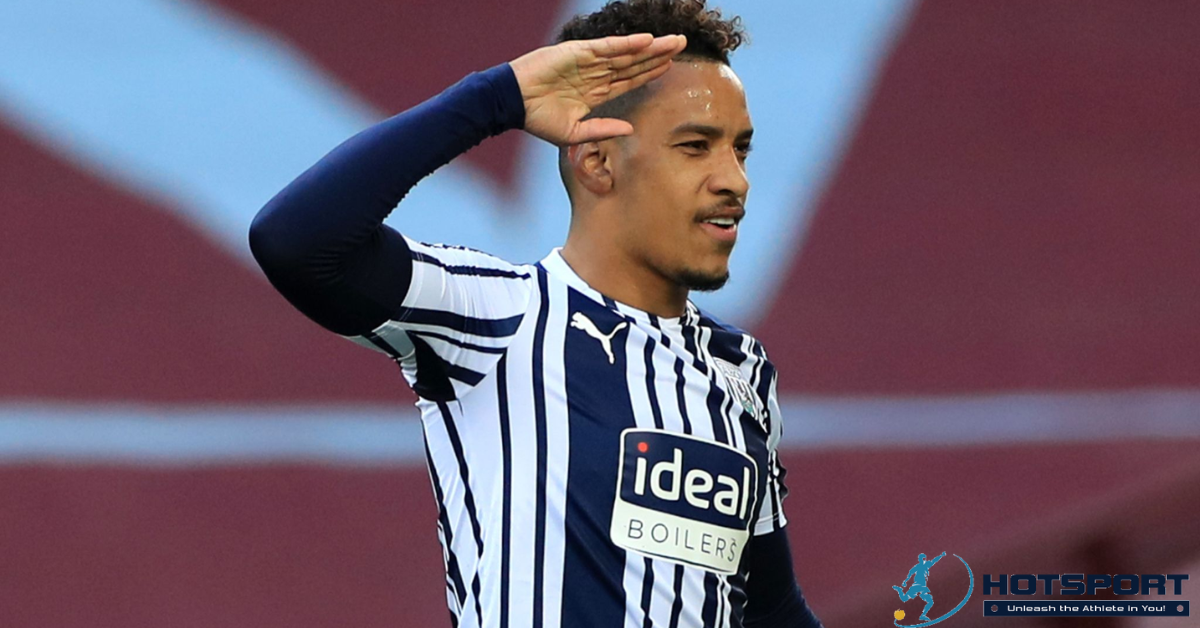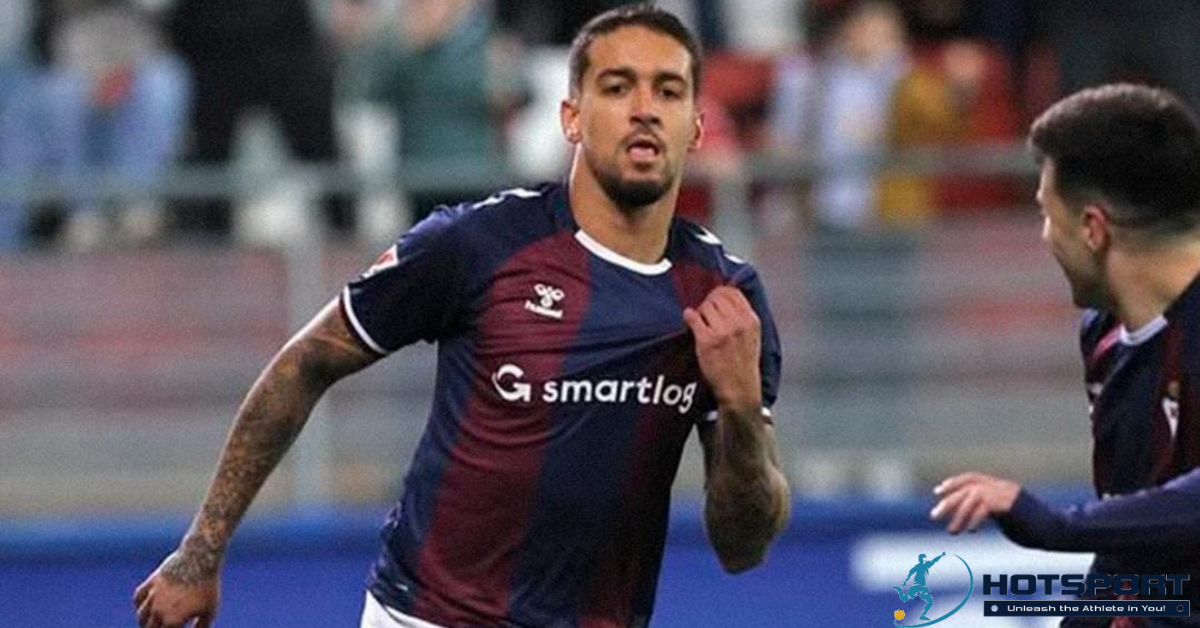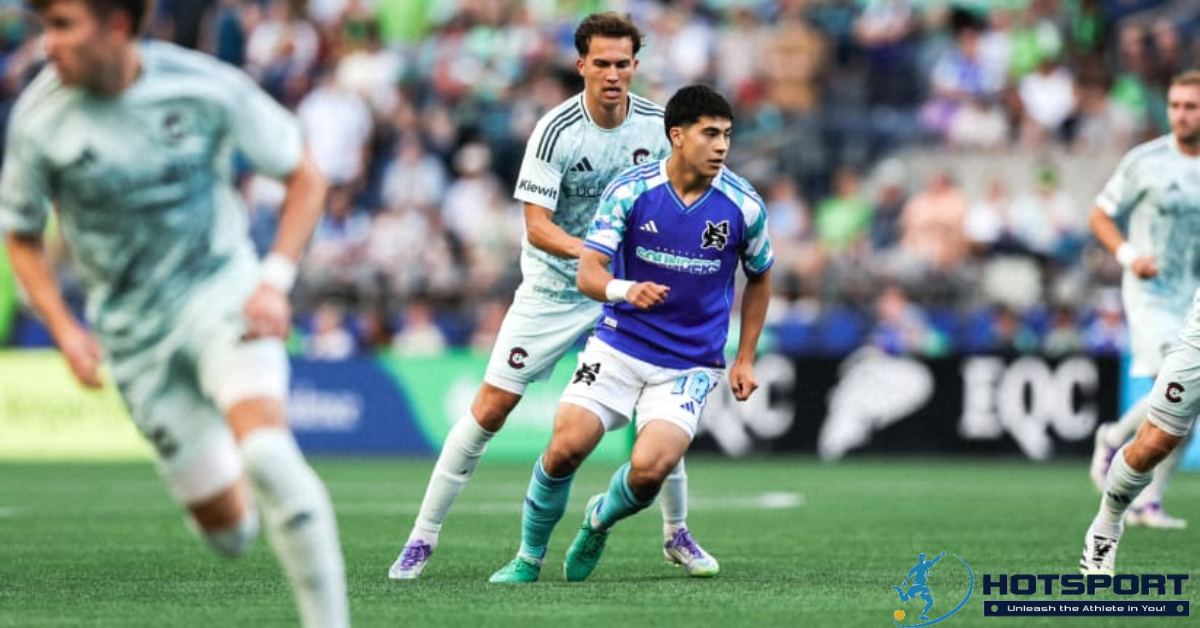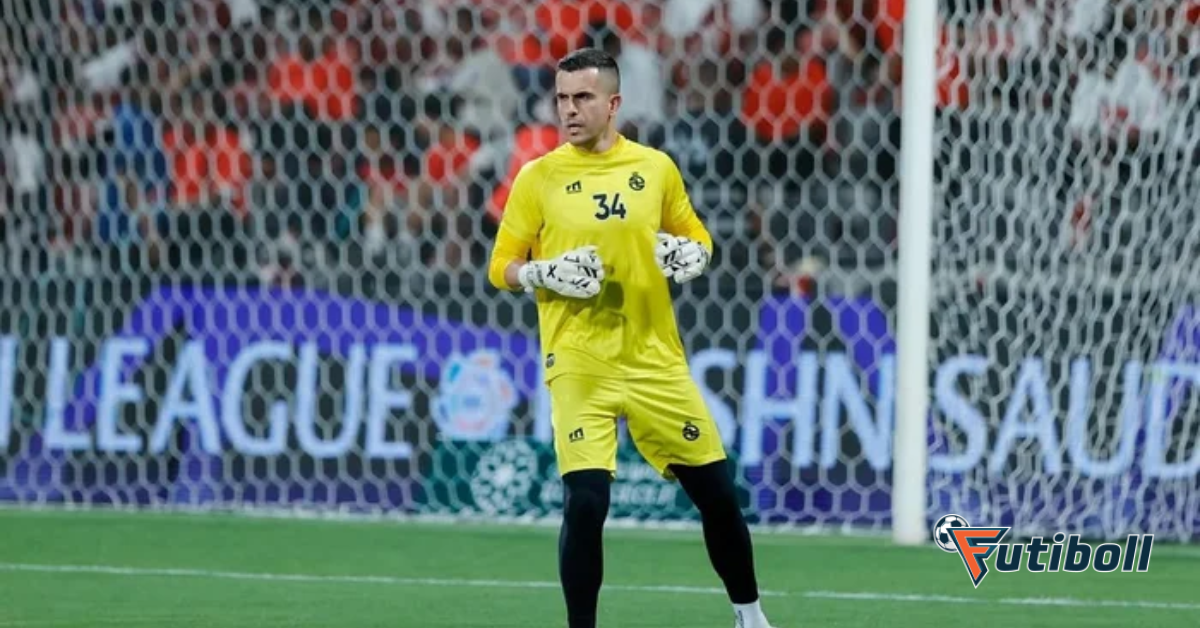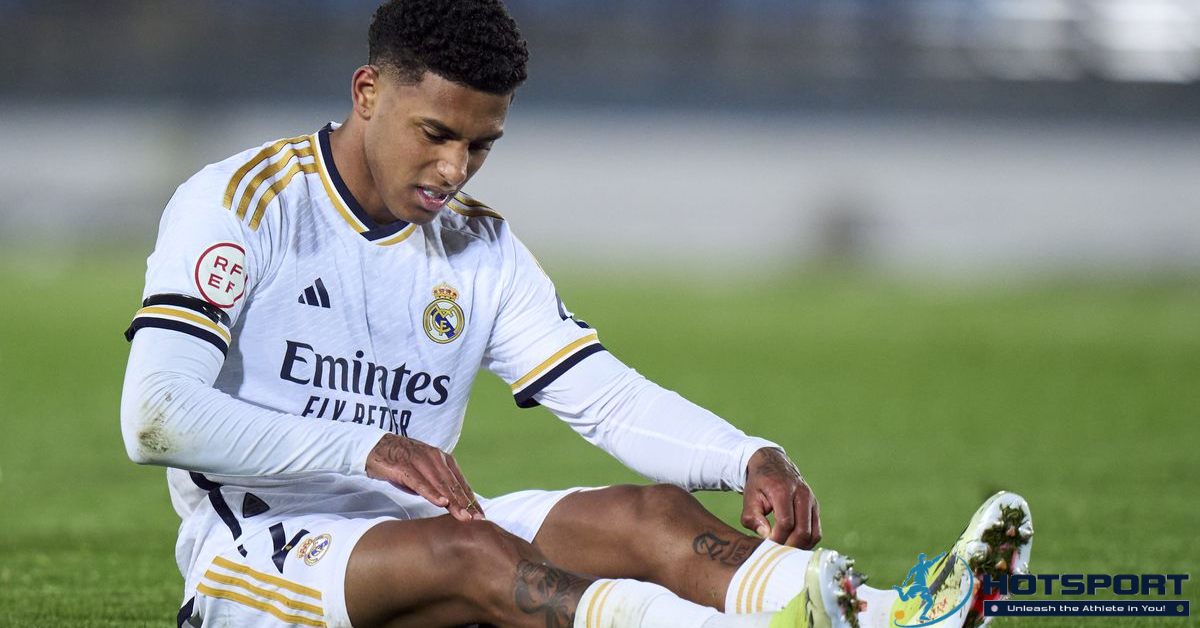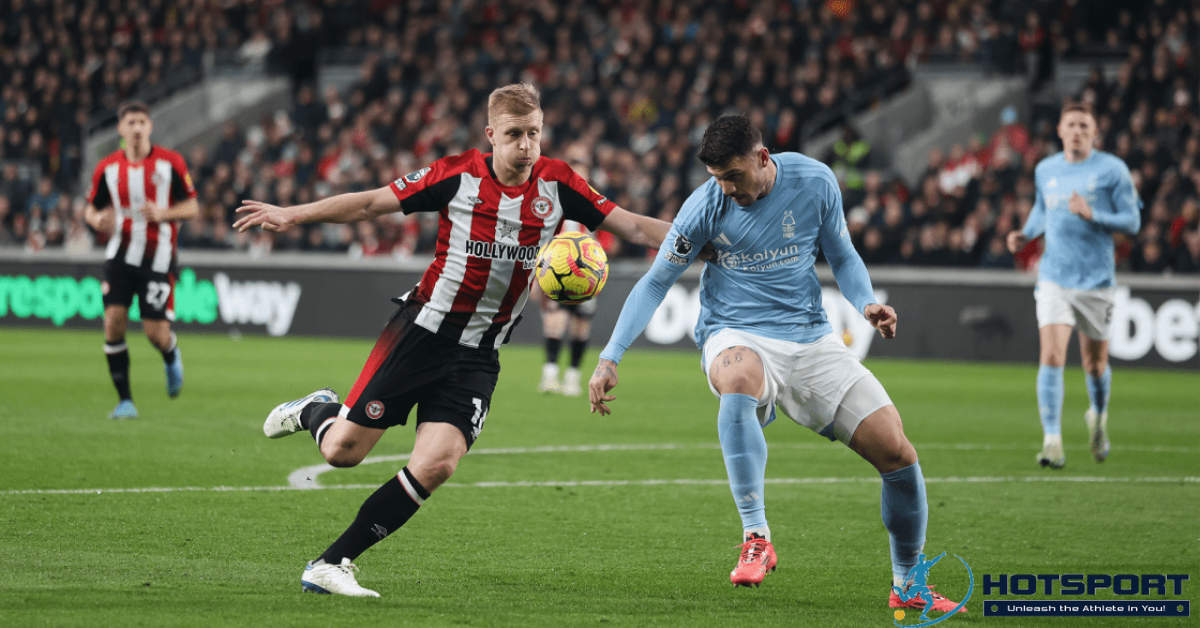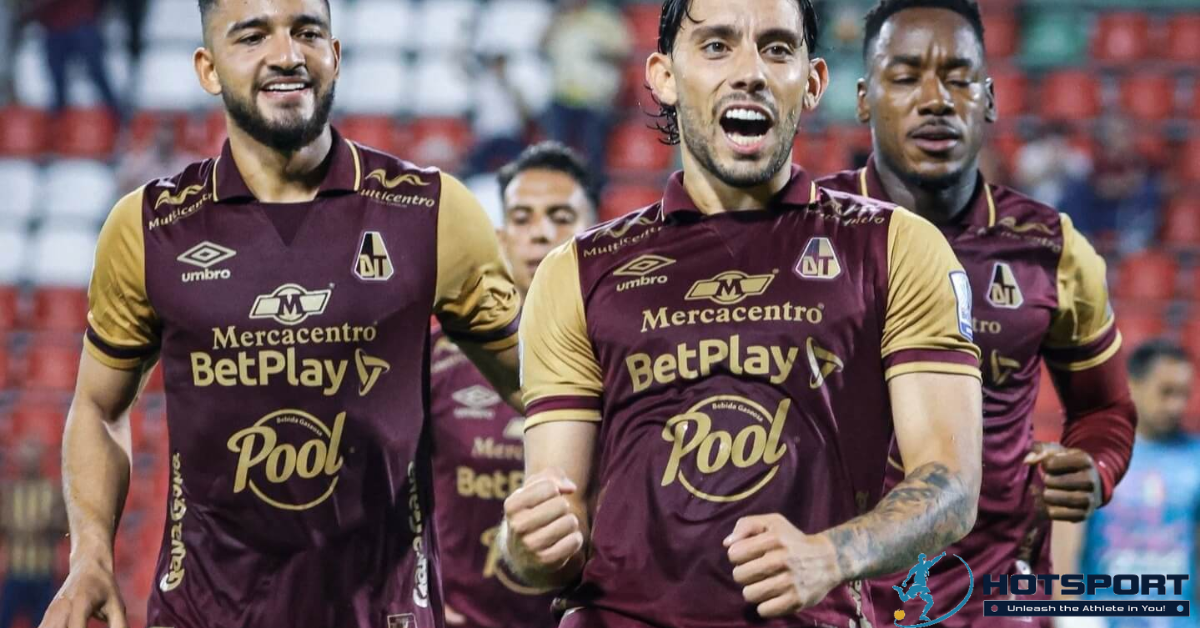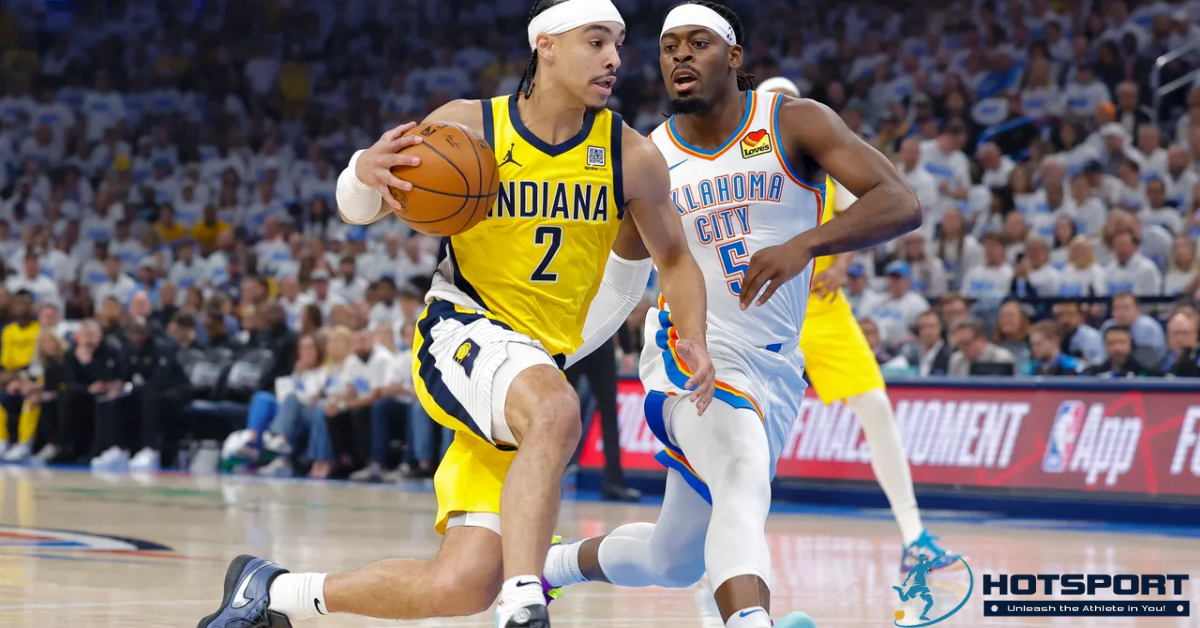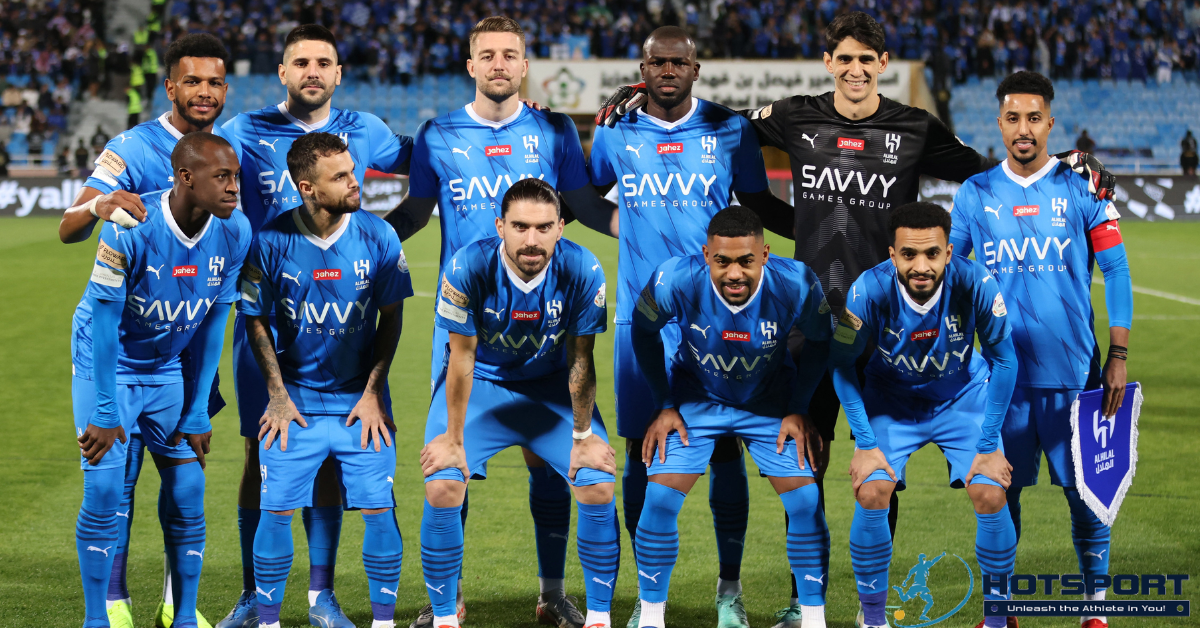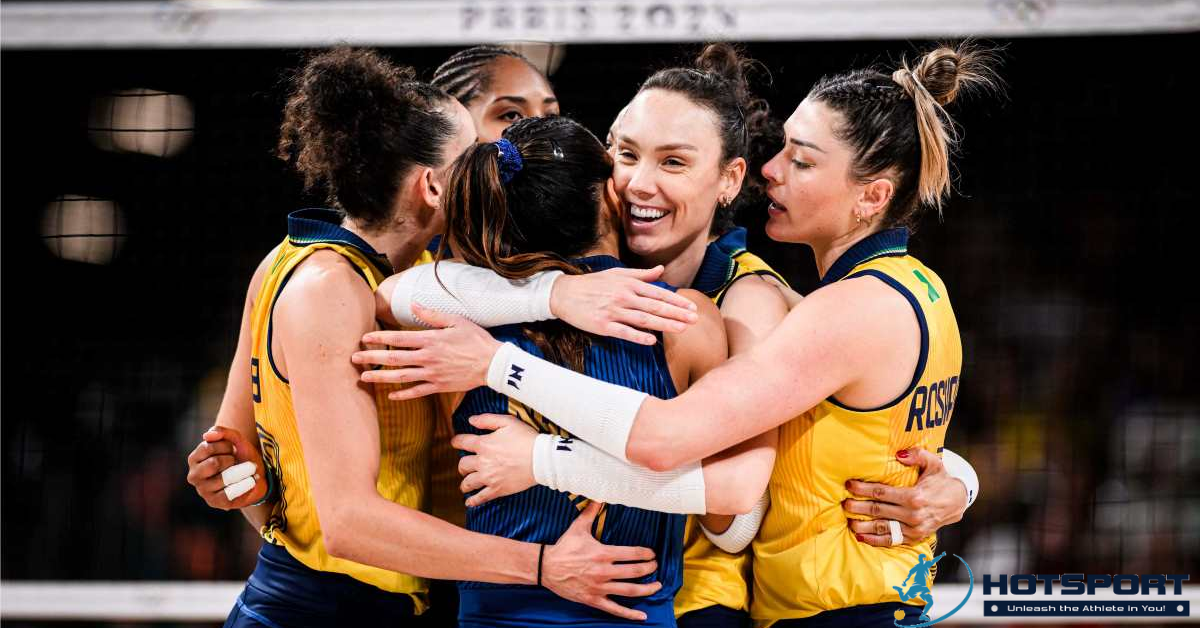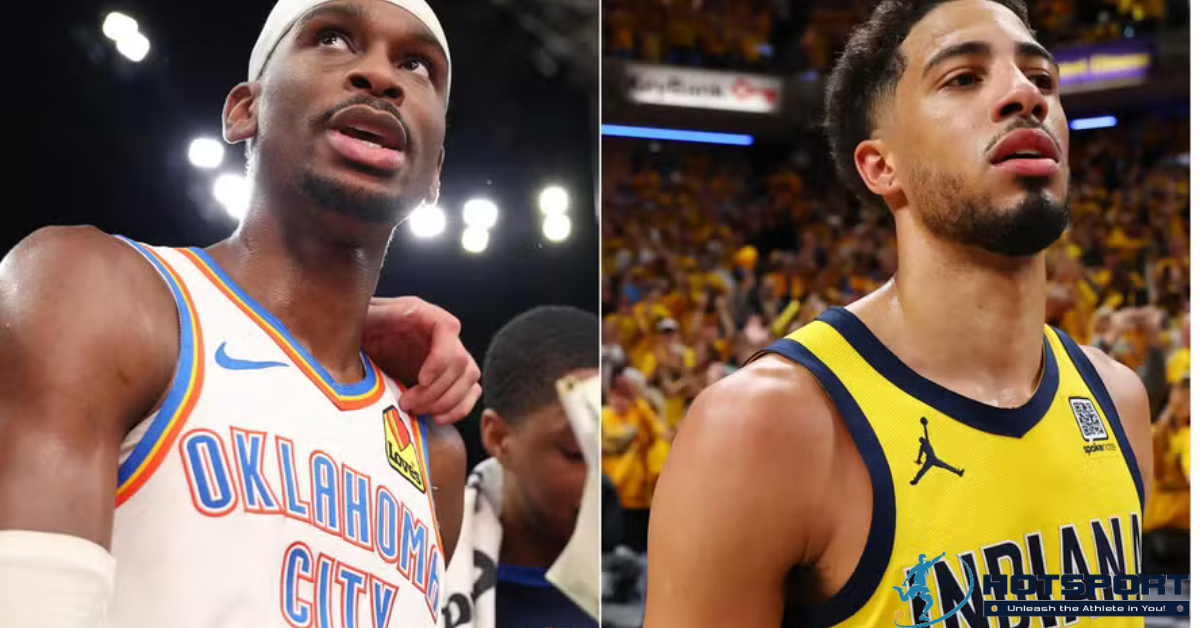Anderson Daronco: Brazilian Football Referee
Introduction
Anderson Daronco, born on January 5, 1981, is one of Brazil’s most recognized football referees. Known for his imposing physical presence and firm decision-making on the pitch, Daronco has earned respect in both national and international football. This article explores his journey, from his childhood in Santa Maria, Rio Grande do Sul, to his rise as a FIFA referee, highlighting key moments in his career and his impact on the sport.
Early Life and Education
Early Years in Santa Maria
Anderson Daronco was born in Santa Maria, a city in the heart of Rio Grande do Sul, known for its vibrant sports culture. From a young age, Daronco showed an interest in sports, particularly handball, which he played from age 10 to 21. His passion for athletics led him to enroll in the Faculty of Physical Education in 1998, where he graduated as a teacher. During this time, he taught physical education, inspiring students with his dedication and energy.
Transition to Refereeing
Daronco’s transition to refereeing began by chance. In 1998, while studying, he took a refereeing course offered by the Paraná Football Federation. Initially, he viewed refereeing as a side activity, but his natural ability and love for football led him to pursue it full-time. To do so, he left his career as a physical education teacher, a decision that marked the start of his journey in professional football.
Refereeing Career
Early Steps in Brazilian Football
Daronco began his career officiating matches in the Campeonato Paranaense and Copa Verde. His competence and authoritative demeanor quickly caught attention, and he progressed to national competitions such as the Brasileirão Série B and Copa do Brasil. His ability to maintain control in heated matches set him apart among Brazilian referees.
Rise to FIFA Status
On October 17, 2010, Daronco achieved a significant milestone by being named a FIFA referee, becoming the third referee from Rio Grande do Sul to join the organization, alongside Leandro Pedro Vuaden. This recognition opened doors for him to officiate in international competitions like the Copa Libertadores and Copa América. He has publicly expressed his dream of refereeing a World Cup, reflecting his ambition and dedication.
World Cup Participation
Although selected for the 2014 World Cup, Daronco was not included in the referee list for the 2022 World Cup in Qatar, as announced by FIFA on May 19, 2022. Nevertheless, his work in international tournaments like the Copa América solidified his reputation as a top-tier referee.
Career Highlights
Controversial Decisions
Daronco’s career has not been without controversy. On March 27, 2022, during a World Cup qualifier between Peru and Uruguay, he faced criticism for not using goal-line technology in a disputed call. The Peruvian press, including El Comercio, questioned his decisions, and the Peruvian Football Federation filed a formal complaint with FIFA. Daronco defended his actions, stating he followed FIFA’s guidelines.
Another notable incident occurred in 2021 during a match between Atlético Mineiro and São Paulo, when he had a verbal altercation with player Hulk. According to Hulk, Daronco warned, “Be careful what you say off the pitch,” which was interpreted as a threat. Daronco denied any intent to intimidate, explaining that his words were misunderstood.
Fighting Discrimination
In 2019, Daronco made headlines by halting a match between Flamengo and Santos due to homophobic chants from Flamengo’s fans. This was the first time a match in Brazil was paused for this reason, earning widespread praise from the Brazilian Football Confederation (CBF). He explained that the interruption followed FIFA’s guidelines to combat discrimination, including racism and xenophobic chants. This action reinforced his image as a referee committed to the sport’s ethical values.
Records and Recognition
In 2015, Daronco set a record by officiating 27 matches in the Brazilian Championship, the most by any referee that season. His work earned him approximately R$100,000, reflecting the high demand for his presence. In 2017, he again led among referees from Rio Grande do Sul, officiating 21 matches and earning R$84,000.
Physical Presence and “Strong Referee” Nickname
An Imposing Figure
Standing at 1.88 meters tall, weighing 90 kg, and boasting 44 cm biceps, Daronco is often called the “Juiz Fortão” (Strong Referee) in Brazil, a nickname that reflects his athletic build. His imposing presence is an advantage on the pitch, commanding immediate respect from players and fans. In 2017, he was instructed to lose 4 kg, enabling him to run 40 meters in under six seconds, showcasing his excellent physical condition.
Media and Social Media Impact
Daronco’s appearance has made him an internet sensation. Photos of him alongside players like Hulk, known for his physical strength, went viral, highlighting the contrast between the referee and the athlete. In 2020, after a match between Grêmio and Caxias, his stature drew attention in the Spanish press. The YouTube channel Soccer Stories – Oh My Goal dubbed him the “world’s strongest referee,” cementing his global fame.
In July 2019, comedian Marcelo Adnet featured Daronco in a series of parodies called Soy Loco por Copa América on Rede Globo. The satire highlighted his reputation for not tolerating insults, further solidifying his image as an unyielding referee.
Personal Life
Family and Privacy
Anderson Daronco is married to Luciane Daronco and has two sons, Arthur and Hector. He keeps his family life private, a decision driven by the risks associated with his profession. As a referee, Daronco faces constant threats and criticism, leading him to prioritize his family’s privacy. The 2013 Kiss nightclub fire tragedy in Santa Maria deeply affected him, as some of his former physical education students were among the victims.
Connection to Santa Maria
Despite his busy career, Daronco remains tied to Santa Maria, where he was born and resides. His background as a physical education teacher in the city reflects his connection to the local community. He often expresses pride in representing Rio Grande do Sul on national and international stages, bringing the gaucho spirit to football pitches.
Impact on Brazilian Football
Influence on Modern Refereeing
Daronco exemplifies the evolution of refereeing in Brazil. His approach combines authority, physical fitness, and technical knowledge, aligning with the demands of modern football. He is also an advocate for technology in the sport, such as the Video Assistant Referee (VAR), which he believes is essential for fairer decisions.
Combating Violence in Football
Beyond his stand against discrimination, Daronco has spoken out against violence in football. In 2016, during the Campeonato Paranaense, a viral photo and false news stories about him led to threats. In an article by GaúchaZH, journalist Diori Vasconcelos defended Daronco, arguing that federations must take stronger measures against violence targeting referees. The incident underscored the importance of protecting refereeing professionals.
Inspiring New Referees
As one of Brazil’s most respected referees, Daronco inspires young people aspiring to enter the profession. His journey, from a beginner’s course at the Paraná Federation to FIFA status, shows that success in refereeing requires study, physical preparation, and emotional resilience. He often participates in lectures and events, sharing his experiences with aspiring referees.
Challenges of the Profession
Pressure and Criticism
Being a referee in Brazil is a challenging task. Daronco faces constant pressure from fans, players, and clubs, especially in high-stakes matches. In 2023, after a Corinthians vs. Santos classic, the CBF temporarily suspended him due to controversial decisions, as reported in posts on X. Despite this, he maintains his composure and defends his actions based on the rules of the game.
Mental Health and Resilience
Refereeing demands exceptional mental strength. Daronco has mentioned in interviews that he handles criticism and threats by staying focused on his work. He exercises regularly, not only to stay fit but also to relieve stress. His resilience serves as an example for other referees facing similar challenges.
Statistics and Performance
On-Field Performance
According to playerstats.football, Daronco has issued 2,150 yellow cards and 92 red cards in 552 matches, averaging 3.89 yellow cards per game. These numbers reflect his strict but fair approach to enforcing the rules. In 2025, as reported on X, he officiated 9 Brasileirão matches, averaging 27 fouls and over 4 yellow cards per game, along with 3 red cards.
National and International Competitions
Daronco has extensive experience in competitions like the Campeonato Gaúcho, Copa do Nordeste, Brasileirão Série A, Copa do Brasil, Copa Libertadores, and Copa América. His versatility allows him to officiate in diverse contexts, from regional games to high-level international matches.
Legacy and Future
An Icon of Brazilian Refereeing
Anderson Daronco has already left his mark on Brazilian football. His blend of physical strength, on-field authority, and commitment to ethics makes him an icon of refereeing. He is frequently cited as a reference by colleagues and the press, who praise his ability to manage difficult matches with professionalism.
Future Prospects
At 44, Daronco remains active and aims for new achievements. Although he did not officiate the 2022 World Cup, he still dreams of participating in a future edition of the tournament. His dedication to physical preparation and continuous learning suggests he will remain relevant in refereeing for years to come.
Conclusion
Anderson Daronco is more than just the “Juiz Fortão” of Brazilian football. He is a dedicated professional whose journey reflects passion, discipline, and courage. From his days as a handball player and physical education teacher to his rise as a FIFA referee, Daronco has faced challenges with determination, leaving a legacy of excellence and integrity in the sport. His story inspires not only referees but anyone who believes in the power of hard work and integrity. May he continue to officiate with the same strength and commitment that have made him an unforgettable figure in football.

